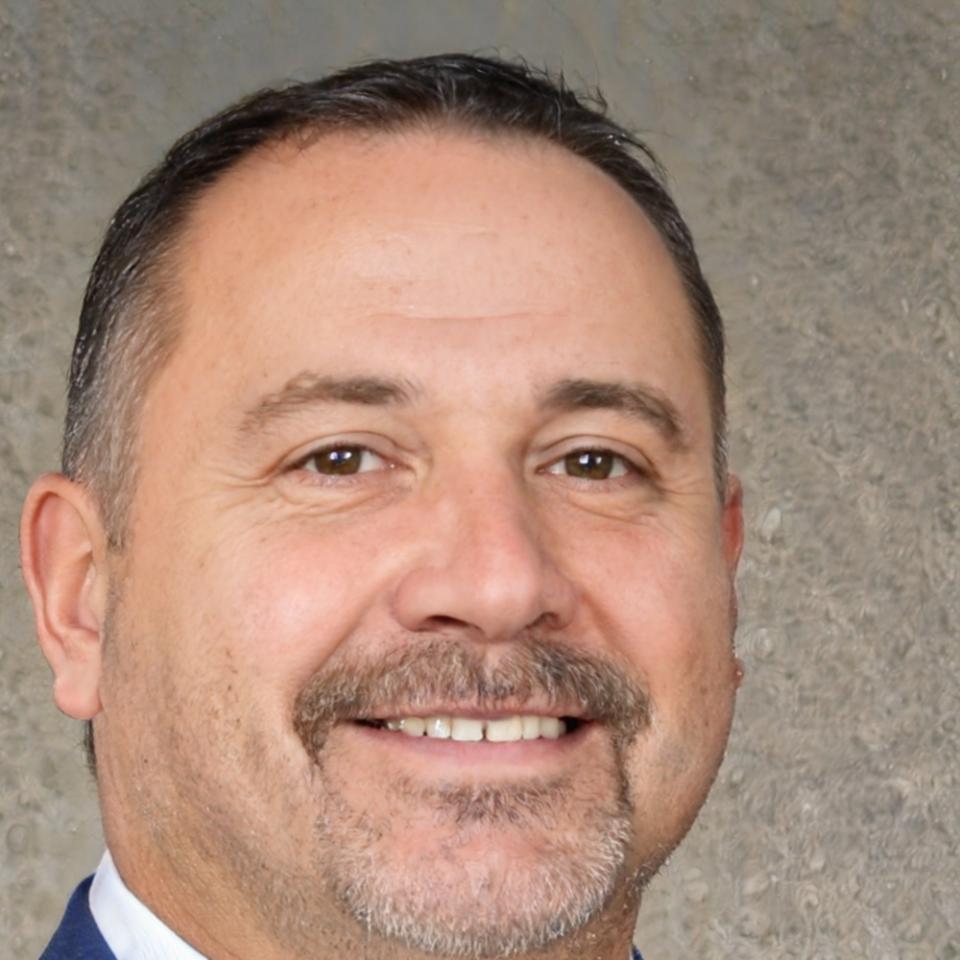Financial Analysis Certification Program
Structured Learning for Investment Professionals
Our program builds practical skills through progressive modules. Starting September 2025, you'll work through real market scenarios and develop analytical frameworks that matter in actual investment decisions.
Request Program DetailsYour Learning Journey
We've organized this around how people actually absorb financial concepts. Each module takes about three weeks, and you'll need those three weeks.
Financial Statement Analysis
You'll start with balance sheets and income statements from companies in Thailand's SET100. We focus on spotting red flags and understanding what the numbers actually mean for investment decisions.
Valuation Methods
DCF models, comparable analysis, and precedent transactions. You'll build these from scratch using Bloomberg data, making mistakes along the way so they stick.
Risk Assessment Frameworks
Market risk, credit risk, operational risk. We look at real cases where risk models failed and what professionals learned from those failures.
Portfolio Construction
Asset allocation strategies that work in emerging markets. You'll test different approaches using historical data from ASEAN markets over the past decade.

Who Teaches This
Three professionals who've spent years analyzing markets and know how to explain what they've learned.

Marcus Chen
Senior Financial Analyst
Spent twelve years at regional investment firms, mostly focused on equity analysis across Southeast Asian markets. Marcus covers the fundamentals and valuation modules.

Patricia Kowalski
Risk Management Specialist
Worked through the 2008 crisis at a Bangkok-based fund. She teaches the risk assessment module and brings up examples that still make people uncomfortable.

David Mensah
Portfolio Strategy Director
Built portfolios for institutional clients for fifteen years. David handles portfolio construction and pushes you to defend your allocation decisions.
How Skills Develop Over Time
Learning financial analysis isn't linear. Some concepts click immediately, others take months to really understand. Here's what the progression typically looks like.
Months 1-2
Foundation Building
You're learning to read financial statements without getting lost in footnotes. Most participants can analyze a basic company report and spot major issues by week six.
Months 3-4
Valuation Confidence
Building DCF models starts making sense. You'll still make calculation errors, but you understand what the model is trying to tell you about a company's worth.
Months 5-6
Risk Awareness
This is when people start questioning their earlier assumptions. You develop a healthier skepticism about what can go wrong in an investment thesis.
Months 7-8
Integration Phase
All the pieces start connecting. You can look at a potential investment and run through analysis, valuation, and risk assessment without feeling overwhelmed by the process.
Stories from Previous Cohorts
We checked in with graduates from our 2023 and 2024 programs to see what happened after they finished. Here's what they told us.